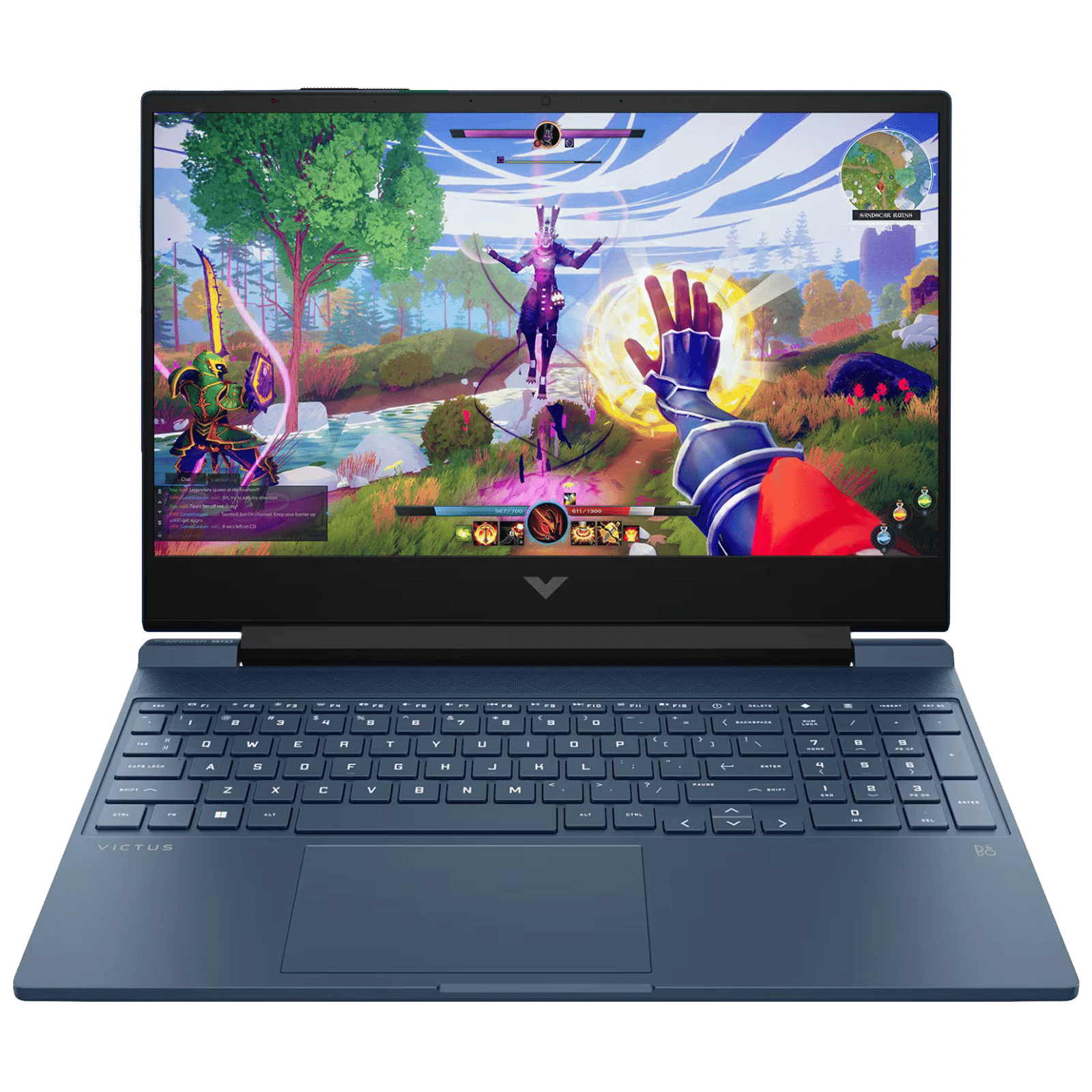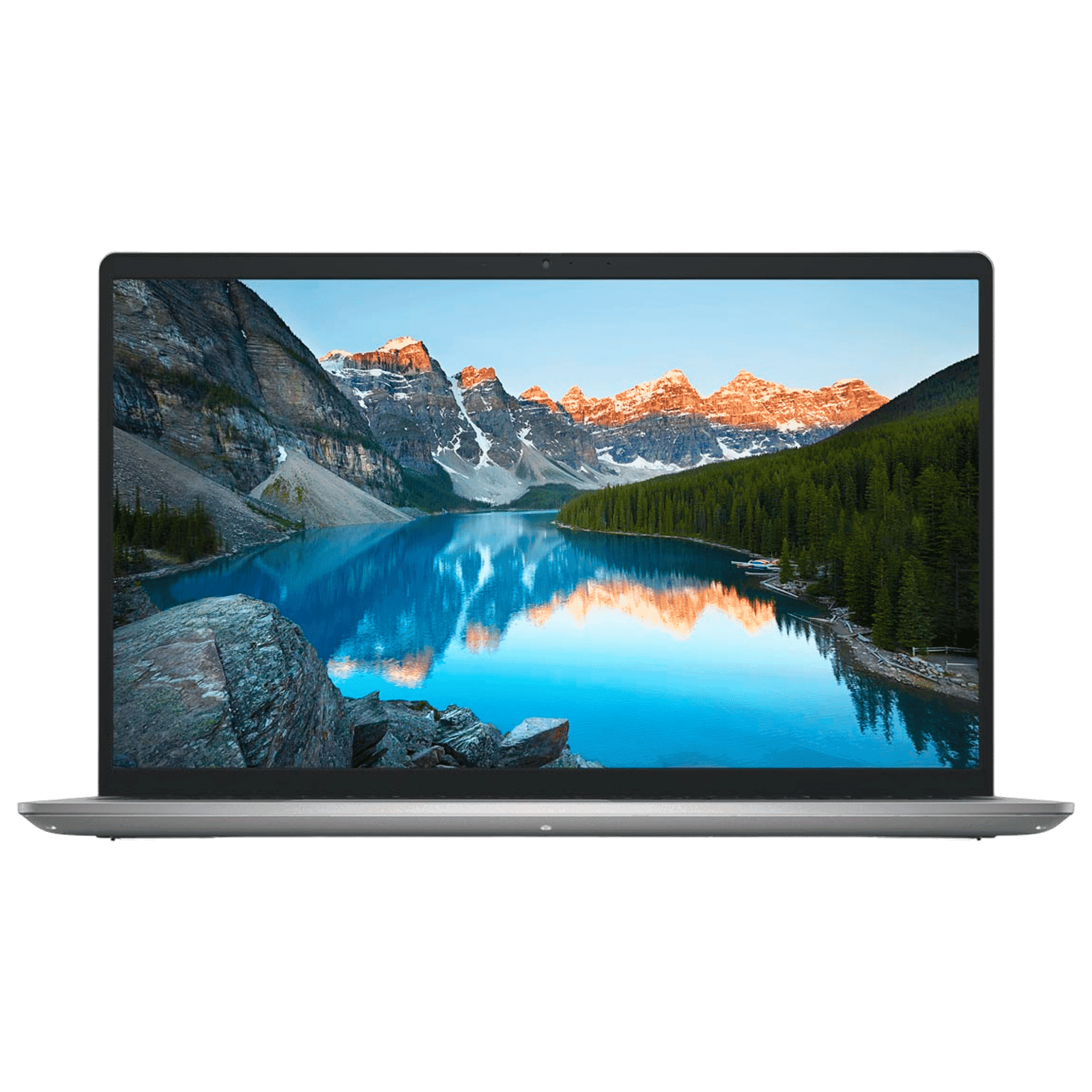%20(Presentation)%20(1600%20x%20600%20px)(487)-ffe516d8-fa4c-480e-9032-999c46f6f967.webp&w=3840&q=75)
Consumer Electronics
•05 min read

Buy HP 15-fd0664TU Intel Core 5 Thin & Light Laptop (16GB, 512GB SSD, Windows 11 Home, 15.6 inch Full HD Display, MS Office Home 2024, Natural Silver, 1.59 KG) online at best prices from Croma. Check product details, reviews & more. Shop now!
Imagine transforming your laptop into a gaming powerhouse or creative workstation capable of handling the most demanding tasks seamlessly. Upgrading your device by adding a graphics card can open doors to improved gaming performance, richer visuals for creative projects, and a smooth workflow. In this guide, you will learn how to add a graphics card to your laptop using an external GPU setup, and how a little extra planning can lead to a significant boost in your device’s capabilities.
Laptops typically come with built-in graphics solutions that work well for everyday tasks. However, when it comes to running high-intensity applications like modern games or video editing software, these internal GPUs often fall short. This is why many opt for an external GPU (eGPU) setup. While internal upgrades are limited, connecting an external graphics card via an appropriate port offers much greater flexibility and power. It is a practical solution for those who want to enjoy enhanced graphics performance without compromising the portability of their laptops.
Using an eGPU can revolutionise your laptop’s performance, providing an instantaneous upgrade. Whether you are a gaming enthusiast or a creative professional, an external graphics card means you can enjoy higher frame rates, more detailed visuals, and a smoother overall experience. Situations such as challenging gaming sessions, video editing, and virtual reality applications become far more manageable when your laptop sports this extra boost. And remember, every time you upgrade on Tata Neu, your shopping journey can earn you NeuCoins, adding a special benefit to your tech investments.
Before you start the upgrade, it is important to check whether your laptop is equipped with the necessary ports. Most external GPU solutions require a port like Thunderbolt 3 or USB-C. These connections provide the bandwidth needed to drive an external graphics card effectively. To verify compatibility, check your laptop’s system specifications, which should detail the types of ports available. This simple step will ensure that the external GPU for your laptop is a match for your device.
In addition to the port, your laptop needs to meet certain system requirements. A powerful enough CPU, adequate RAM, and the right operating system are essential for the eGPU to perform optimally. By researching your specific model, you can determine whether your laptop is ready for an upgrade and which steps you may need to take before installation. Remember, the right foundation is as important as the upgrade itself.
Start by collecting all the essential equipment required to add an external graphics card. You will need an external GPU enclosure, the graphics card itself, the appropriate cables, a laptop external GPU adapter, and any necessary drivers. When choosing your graphics card, it is important to consider what you need—whether you lean towards an NVIDIA or AMD solution—and how it aligns with your budget and performance expectations. Each component plays an important role in the overall setup, ensuring everything fits together neatly.

Buy HP Victus Intel Core i5 13th Gen Gaming Laptop (16GB, 512GB SSD, Windows 11 Home, 4GB Graphics, 15.6 inch 144 Hz Full HD IPS Display, NVIDIA GeForce RTX 2050, Performance Blue, 2.29 KG) online at best prices from Croma. Check product details, reviews & more. Shop now!
Installing new hardware carries a small risk, so it is wise to back up important data before beginning the process. Safety should also be a priority. Take steps to avoid static electricity, which can damage delicate components. Handling each piece with care will help make the process smooth and ensure that your new setup performs reliably once installed. A little precaution goes a long way in safeguarding your investment.
Begin by carefully placing your graphics card inside the external GPU enclosure. Ensure the card is securely fitted into the designated slot, confirming that it is properly connected. The enclosure is designed to hold the card firmly in place during both installation and subsequent usage. Following the enclosure’s instruction manual can help ensure the process is straightforward and effective.
After the graphics card is secured in its enclosure, it is time to connect it to your laptop. Use the appropriate port, such as Thunderbolt 3 or USB-C, along with the provided cables to establish a stable connection. If you encounter any difficulties connecting the eGPU to your laptop, first check that all cables are correctly plugged in and that your laptop supports the external graphics card interface. Small connectivity issues can typically be resolved with simple troubleshooting techniques.
Once the eGPU is connected, install the necessary drivers and software to get things running. This configuration step lets your system recognise the new hardware and set it up properly. After the setup is complete, test your system by running graphically demanding applications to monitor performance. Tweak settings to fine-tune your experience, whether for gaming, creative tasks, or daily usage. And don’t forget, every transaction on Tata Neu can earn you NeuCoins, rewarding you for taking your tech journey and upgrading smartly.
Did you know? Adding an external GPU can increase your laptop’s gaming frame rates by up to 200%, depending on the graphics card and system compatibility. It’s truly a game-changer for gamers and creators alike!
Even with a well-planned setup, there might be a few bumps along the way. Common issues include driver conflicts and the occasional connectivity hiccup. If you experience these or other problems, check for updated drivers and ensure that your cables are firmly connected. Simple fixes, such as restarting your device or reordering the connection sequence, can often resolve most errors. Patience and a methodical approach will help you quickly overcome any obstacles that may arise.

Buy DELL Inspiron 3520 Intel Core i3 12th Gen Notebook Laptop (8GB, 512GB SSD, Windows 11 Home, 15.6 inch Full HD Display, MS Office Home & Student 2021, Silver, 1.65 KG) online at best prices from Croma. Check product details, reviews & more. Shop now!
To keep your new eGPU setup running at peak performance, regular maintenance is key. Clean the enclosure and cables occasionally to prevent dust buildup, and check for software updates periodically. Regular driver updates not only add performance improvements but also ensure that your system remains secure. A little ongoing effort can help maintain improved graphics performance for years to come.
To set up a graphics card in your laptop, connect an external GPU enclosure to your laptop via the appropriate port such as Thunderbolt 3 or USB-C. Next, securely install the graphics card into the enclosure, connect the necessary cables, and install the required drivers and software to configure the setup.
Most laptops do not have dedicated slots for upgrading internal graphics cards. However, an external GPU enclosure provides the opportunity to significantly enhance your laptop's graphics performance.
Check your laptop for a Thunderbolt 3 or USB-C port and the minimum system requirements such as CPU, RAM, and operating system. Compatibility details can often be found in your device’s specifications.
Yes, using an external GPU can dramatically boost gaming performance, leading to increased frame rates and enhanced visual quality.
A laptop external GPU adapter is a device that enables you to connect an external graphics card to your laptop, opening up the potential for improved graphics performance.
Enhancing your laptop with a graphics card, whether through an external solution or other methods, can dramatically upgrade your device's capabilities for gaming and creative work alike. This checklist has helped break down the process into simple, manageable steps—from checking compatibility and gathering tools, to installing, configuring, and maintaining your new setup. Such thoughtful planning not only improves your tech experience but also lets you enjoy extra benefits like earning NeuCoins rewards on Tata Neu, making every upgrade an opportunity to get more value from your purchase.